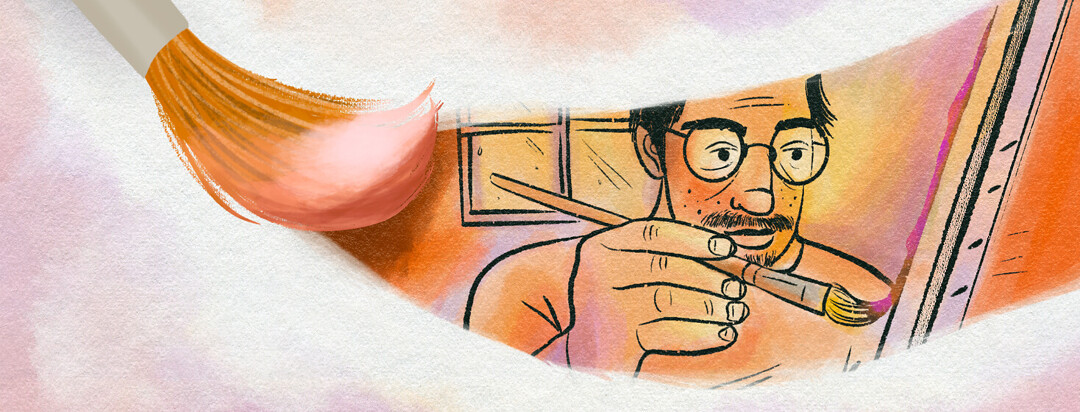Becoming an Amateur Artist Helped My Parkinson's Symptoms
About 35 years ago, I was working in an assisted living facility as a speech pathologist. I entered Sam's room to evaluate speech, voice, and swallow functioning.
He was a nice, pleasant gentleman, about 85 years old. I finished my speech evaluation. Sam exhibited hand tremors, slurred speech, and a decreased low vocal intensity, to name a few things.
As we said our goodbyes, I turned to exit the room. But, as I turned, I noticed the pictures on the walls. They were beautiful!
Learning to paint
They were not like the stock pictures in all the other rooms at this facility. I commented, "Sam, your pictures hanging are different than any other pictures in the whole building. They are beautiful!" He said, "Do you have a few minutes? I will tell you an interesting story ..."
Sam was a retired accountant and traveled the world. His favorite trip was to Paris, France. While visiting the Seine River, he watched the artists on the street painting scenery and people strolling on the cobblestone pathways. Since he asked a lot of questions, Sam learned about oil painting and art.
He returned home with his wife and decided to try his hand at oil painting. He went out and bought a cheap easel, canvas, brushes, and oil paint. He experimented with his new craft, oil painting, and developed his great new talent.
But now, 10 years later after losing his wife, Sam developed Parkinson's disease and was now at the assisted living facility. These pictures were all his originals. I felt like I was in the Metropolitan Museum of Art!
Developing my own style
On this particular Friday, I told him I always wanted to draw and paint, but I had no training and no talent. He told me to take a sheet of white paper and pencil and to try to sketch something in my backyard. Sam told me he would critique it on Monday.
I arrived early to work and went to Sam's room to show him my sketch. His bed was empty and the walls all had dreary stock paintings on them. "What happened to Sam?", I asked the nurse. She told me that he was discharged early Sunday morning.
But, Sam gave me the impetus to develop my own style of oil painting. Ironically, now at age 70, I too have Parkinson's disease. Hence, like Sam, I am an amateur artist. I also enjoy my paintings and the comments of those who view them.
Benefits of painting and sketching
Art therapy, including painting and sketching, can be beneficial in helping people with Parkinson's to ease many symptoms. For instance, drawing and painting help us to relax and has meditative properties. In addition, it helps with reducing tremors and fine motor abilities.1,2
For example, people with Parkinson's may not be able to hold a pen still and write a sentence due to hand tremors. But, they are able to paint fluid brush strokes.1
In addition, this creativity assists with cognition, following directions, focus, memory, concentration, and sequencing. Communication is also positively impacted, by talking about what you are drawing in a loud distinct voice.1,2
Have you tried art therapy for Parkinson's? Share your experience below!

Join the conversation